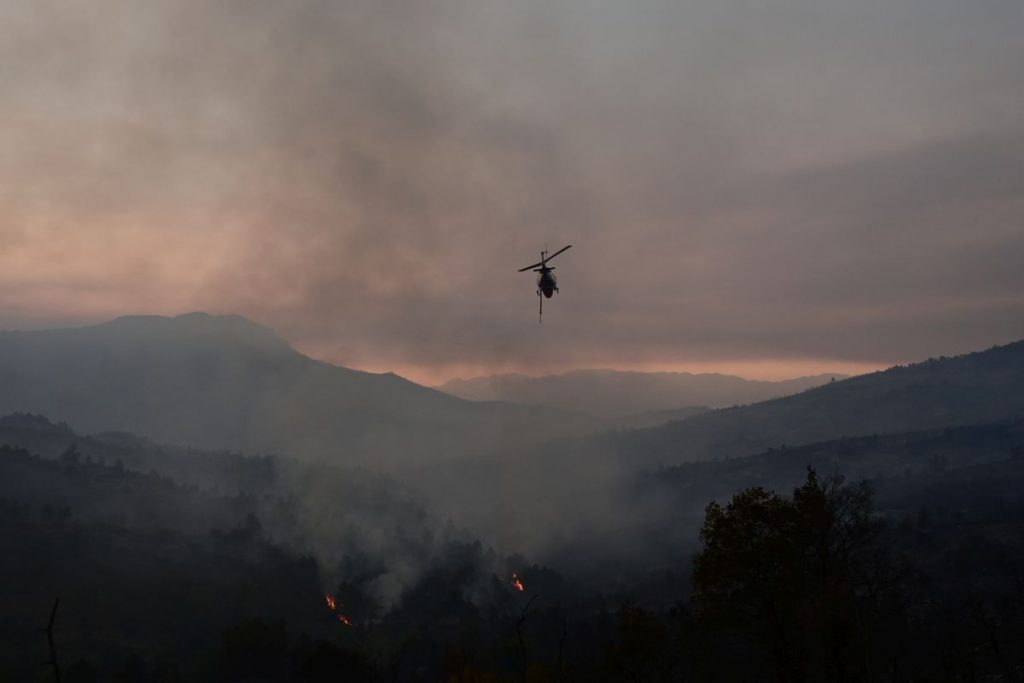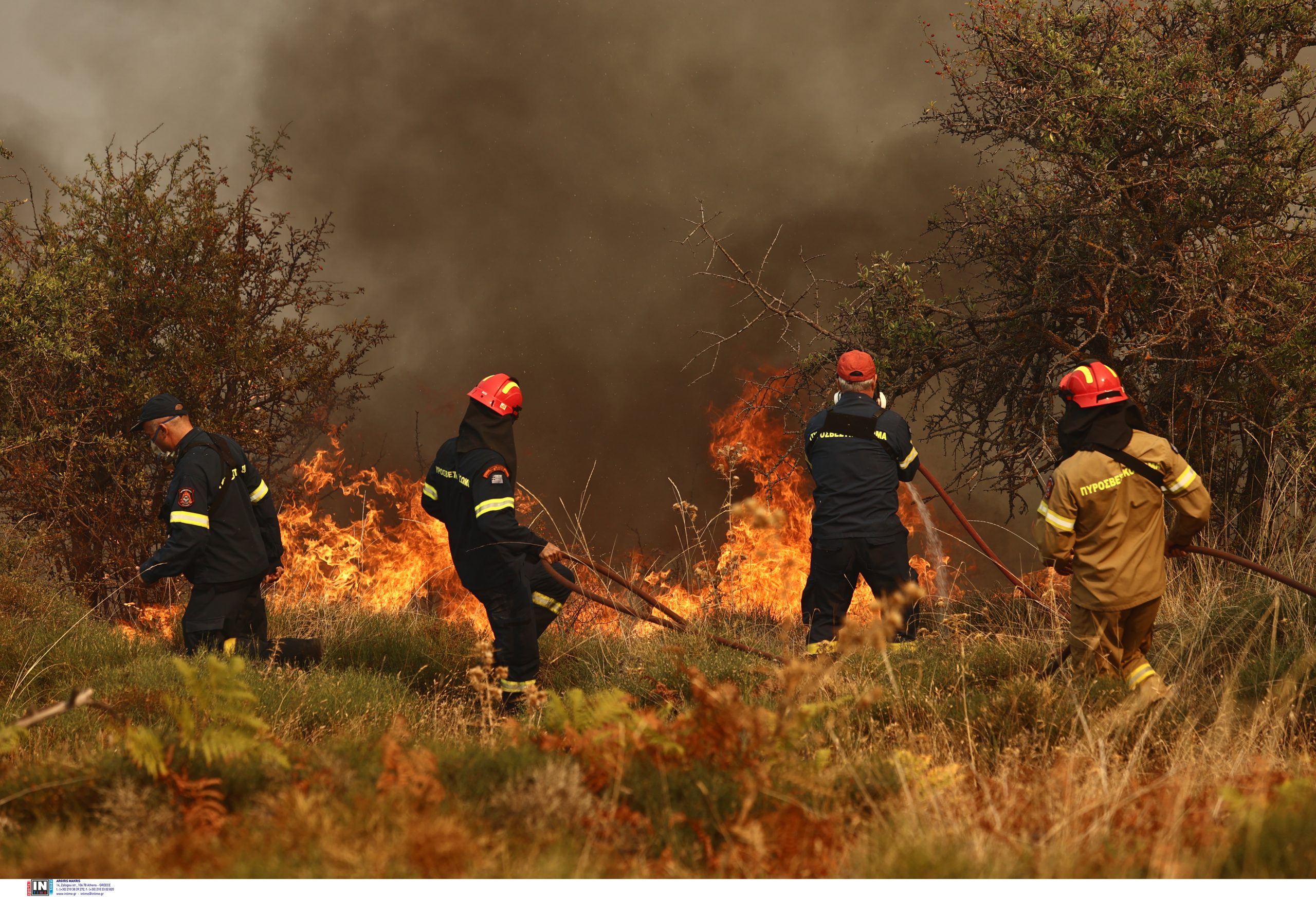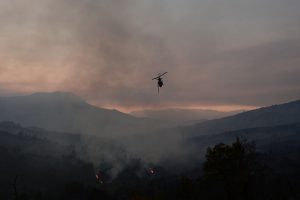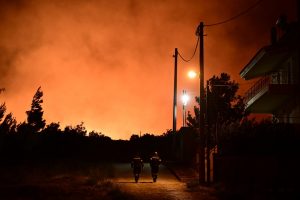Summer might have ended, but the wildfire season in Greece has unfortunately not, as the month of September and into the first days of October witnessed blazes across the country.
From Rhodes to Marathon to Corinth, thousands of acres of land went up in flames, burning for days on end. Hundreds of firefighters were deployed to battle the fires, and on October 1 the EU dispatched extra water-dropping aircraft to Greece.
“We need to understand that the fire season, which is actually from May to the end of October, now has dangerous conditions both at the beginning and at the end,” Kostas Lagouvardos, Research Director and Meteorologist at the National Observatory of Athens told To Vima English Edition. “Due to climate change, because the droughts become more intense and temperatures are high from early and hold until late, we will now see fires not just in July but in May and also later in the autumn.”
A study published in the journal Climate Change put numbers to this– noting an increase in areas burned around the country and in the duration of the fire season (May-October). This was attributed to the prolonged periods of drought that have become more frequent since 1990, due to climate change.
However there are other factors for the fires gripping Greece this fall. Alexandros Dimitrakopoulos, a professor at Aristotle University of Thessaloniki’s School of Agriculture, Forestry and Natural Environment and author of the study, explained that statistically, after August, September has long been the month with the most fires in Greece: “This is because September is the month in which all agricultural operations requiring the use of fire are carried out, such as the burning of ‘reeds’ after harvesting in wheat fields, the burning of residues from the pruning of olive trees, the ‘smoking’ of bees, burning for the improvement of pastures, the burning of dry grass in fields, etc.” said Dimitrakopoulos. “The recent fire in Xylokastro, Corinthia, was probably caused by smoking bees in a mountain field.”
Lagouvardos also noted the massive wildfire in Corinth prefecture, erupting in the hills and mountains overlooking the the coastal resort of Xylokastro from the south, was influenced by a host of aggravating factors– high winds, air currents and arid ground conditions.
It is the combination of a searing, arid, summer along with various other factors has kept the threat for fire on high alert across the country. On October 4, much of the Attica prefecture and parts of the Peloponnese were still labeled as being at high risk of wildfires by the Civil Protection Ministry.
“If you asked us, ‘did we expect to have such big difficulties at the end of September, into early October,’” said Minister of Climate Crisis and Civil Protection, Vassilis Kikilias, in a press conference on the first of October. “We would tell you that ‘no, obviously we did not expect that in this time period at the end of September, early October we would have so many new fires and difficult fires.’”
He noted that this summer, which according to Meteo.gr, was the hottest ever on record for Greece, the fire service had to battle over 4,500 different blazes across the country.







